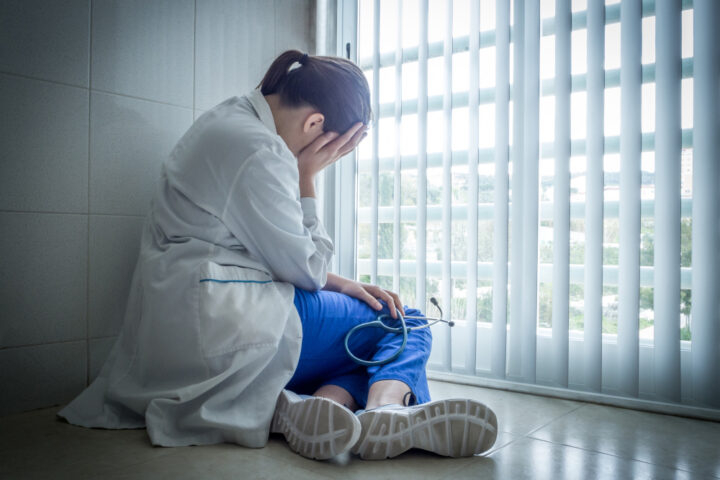I’m not talking about top quality health care that is available to those who can afford. I’m not even compounding the issue with other factors such as health insurance system and access to medical care. Not even the extensive use of public health facilities by the poorest 30% of the Filipino population.
 I’m talking about this patient’s words
I’m talking about this patient’s words
Doc, di nalang ako magpapaadmit sa ospital kahit kelangan. Di ko po kaya ang gastusin” (Doc, I don’t want to be admitted in the hospital even if its needed. I can’t afford the expense)-Indang
Her words not only rang the current “cost” of being a “poor” sick here in the Philippines but of frustration and disgust for having been a victim of a doubly whammy – that of being a poor and getting sick here in the Philippines.
The findings of a study to assess the three year implementation of Health Sector Reform Agenda
narrates a littany of negative factors that promotes this double whammy among the poorest of this country. One i could highlight is this:
The average hospital bill is three times the average monthly income. Costs are so prohibitive so that a 10 percent increase in the price of private hospital services will reduce utilization by as much as 30 percent.
Not only sounded true but also alarming. Compared to the Mayo Clinic which is among the highest-quality, lowest-cost health-care systems in America, ours pales on its reach and delivery. Philippine General hospital tries to deliver such high quality low cost health care system also but even such healthcare system hurdles not a few logistics problems.
Here’s one good thing the guys at Mayo clinic are doing:
…Mayo recognized that the first thing it needed to do was eliminate the financial barriers. It pooled all the money the doctors and the hospital system received and began paying everyone a salary, so that the doctors’ goal in patient care couldn’t be increasing their income. Mayo promoted leaders who focussed first on what was best for patients, and then on how to make this financially possible. No one there actually intends to do fewer expensive scans and procedures than is done elsewhere in the country. The aim is to raise quality and to help doctors and other staff members work as a team. But, almost by happenstance, the result has been lower costs. “When doctors put their heads together in a room, when they share expertise, you get more thinking and less testing,”
I’d like to think this should be another thrust among health care reforms (among a plethora of other issues) be implemented. Maybe we should look at our health cost utilization and unnecessary diagnostic costs. Put patient first and then work on to minimize health financial expenses. Maybe its not who pays or how are we paid as physicians and how we can maximize health expenses. Lowering cost of expense is second only to quality life of patients.
What do you think?
(Photo taken from the Daily Herald, here)





